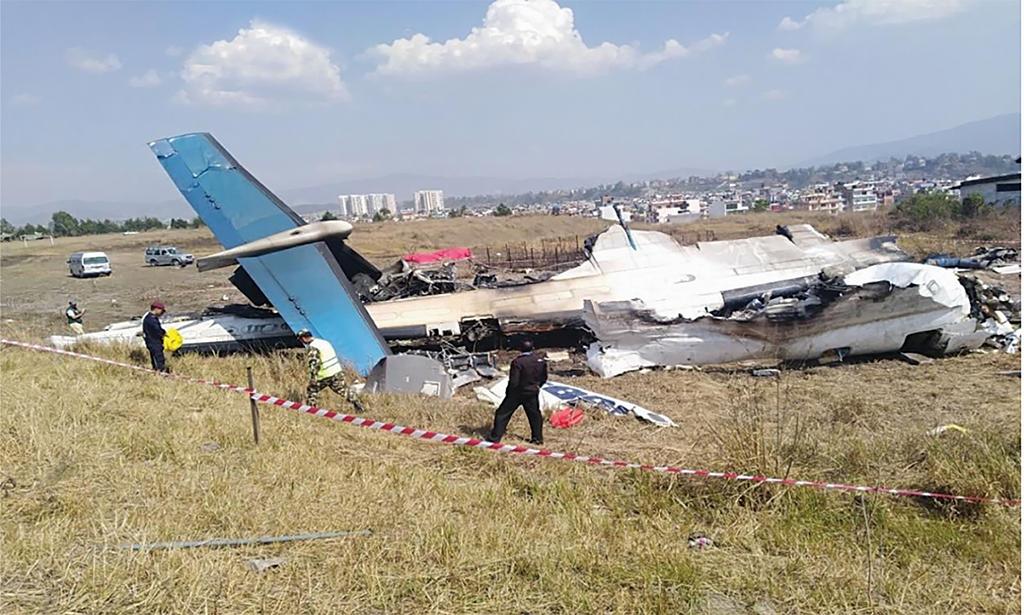Complete Loss Of Situational Awareness: Timeline of the US-Bangla Airlines Crash

Four crewmembers and 47 of the 67 passengers on board a US-Bangla Airlines Bombardier Q400 died on March 12, 2018, when their scheduled flight crashed and burned at Tribhuvan International Airport (VNKT), Kathmandu, Nepal, while maneuvering for a VFR landing.
The Nepalese government convened an investigation commission (NAIC). Its findings are unusual and worthy of consideration:
The probable cause of the crash, said the commission, was “disorientation and a complete loss of situational awareness” on the part of the pilot. Contributing to this was his attempt to recover from a misaligned approach path by maneuvering “in a very dangerous and unsafe attitude.”
The landing “was completed in a sheer desperation” after the pilot sighted the runway at very close proximity and low altitude. He made no attempt to go around, even though a go-around was possible until “the last instant before touchdown on the runway.”
Take a look at the timeline below detailing the key events of the crash. To read the full analysis, take a look at the original article 'An Approach So Awful, The Tower Controllers Ducked Out Of Fear'.
Some 2,800 kg (6,200 lb.) of fuel was on board at touchdown; fire broke out within 6 sec. The commission concluded that most of the occupants would have survived the impact, but the immediate and rapidly spreading post-crash fire likely precluded the possibility of escape for most of those who died. The airport fire brigade vehicle movement was initiated within 16 sec. of impact.
Management and most fellow pilots opined that the captain was a very friendly, soft-spoken and gentle person. He was levelheaded, they said, and would behave nicely with his colleagues and junior staff. He was well-spoken and would not use foul language in conversations. His attitude and behavior toward company, authority, colleagues and juniors was good and he was liked by most of them. He was also a very good teacher and instructor. Most of the students were satisfied with his teaching techniques. The captain never consumed alcohol, was happily married and had a teenage son.
The commission said it seemed the captain was obsessively worried over a female colleague’s criticism of his competency. Most of the conversation in the cockpit during the accident flight was directed toward and aimed at the woman who apparently was telling others that the captain was not a good instructor and he could not teach properly.
“The captain’s decision to land the aircraft at any cost after sighting the runway at a very close proximity, way off the final approach course, at very low altitude, and the decision for not initiating a go-around even after realizing that flight was not stabilized, is very poor decision making on the part of the PIC.”